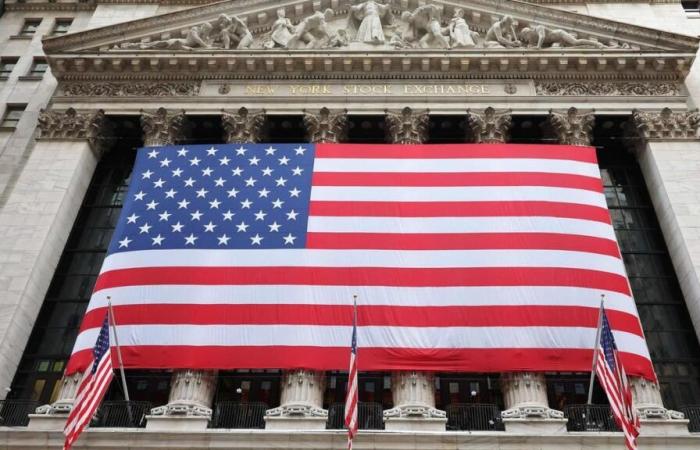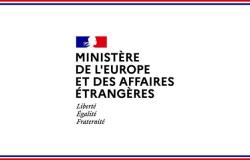The American Central Bank, the Fed, lowered its rate by a quarter of a percentage point on Thursday as expected, welcoming the drop in inflation and the easing of the job market, the day after the re-election of Donald Trump.
• Also read: Speech by Joe Biden: the president insists on the need to “lower” political tensions
• Also read: Trump’s election: a prelude to the return of trade wars?
• Also read: Return of Trump: what impacts on the Quebec economy?
This new reduction, which places the rate in the range of 4.50 to 4.75%, comes after that of half a point in September – the first since March 2020.
The Fed meeting began on Wednesday, and not Tuesday as is usually the case, postponed by one day because of the presidential election, won by Republican Donald Trump.
“In the short term, the elections will have no effect on our decisions,” said Fed Chairman Jerome Powell during his press conference.
“We do not know what the timing and type of reforms will be coming and therefore we do not know what the effects on the economy may be. We don’t guess, we don’t speculate, we don’t assume,” he continued.
The decision to lower the rate was made unanimously by the 12 voting members of the Fed’s Monetary Policy Committee, the FOMC.
“Labor market conditions have been easing overall” for several months, after a period of labor shortage which had contributed to pushing prices upwards, commented the FOMC in a press release published Thursday, following a meeting that began Wednesday morning.
As for inflation, which the Fed brought down by raising its rate to slow demand, it “has made progress in returning to the 2% objective.” […]but remains high.
It fell in September to its lowest level since February 2021, to 2.1% over one year, according to the PCE index, favored by the Fed.
To slow it down, the Federal Reserve raised its rate – to its highest since the early 2000s – and maintained it at this level for more than a year, until September.
Customs duties
But Donald Trump has promised to impose widespread increases in customs duties, which risks causing inflation to rebound.
“The election result reduced the possibility of a further decline [de taux] at the next meetings,” estimate Samuel Tombs and Oliver Allen, economists for Pantheon Macroeconomics.
Jerome Powell, who was chosen in 2012 by former Democratic President Barack Obama to join the Board of Governors of the Fed, was promoted to president in 2018 by Donald Trump.
AFP
But he then vehemently criticized the actions of the Fed and its president, independent of political power, but who did not lower the rate enough for his liking.
Despite this tumultuous relationship, and his desire to influence the Fed’s decisions, Donald Trump signaled in July that he could let Jerome Powell serve the end of his term as head of the Fed, in 2026.
He could even remain Fed governor until 2028, with these two terms having separate end dates.
“Resilient” economy
Washington recently released a series of indicators showing solid economic activity, but moving away from post-COVID euphoria.
“Generally speaking, the American economy seems quite resilient and the job market still very good,” Jim Bullard, former president of the St. Louis Fed, told AFP.
GDP (gross domestic product) growth in the third quarter disappointed, but remains almost twice as strong as that of the euro zone, at 2.8% at an annualized rate.
In October, job creation was at its lowest since December 2020, due to hurricanes that hit the country and several strikes, notably at Boeing.
For Jim Bullard, dean of the Daniels School of Business at Purdue University, the Fed achieved a “soft landing”: a drop in inflation without causing a recession.
The Federal Reserve did not update its economic forecasts this time. They will be updated in December.
Across the Atlantic, the Bank of England (BoE), whose members also met on Thursday, lowered its key rate by a quarter of a point, for the second time this year, to 4.75%.






